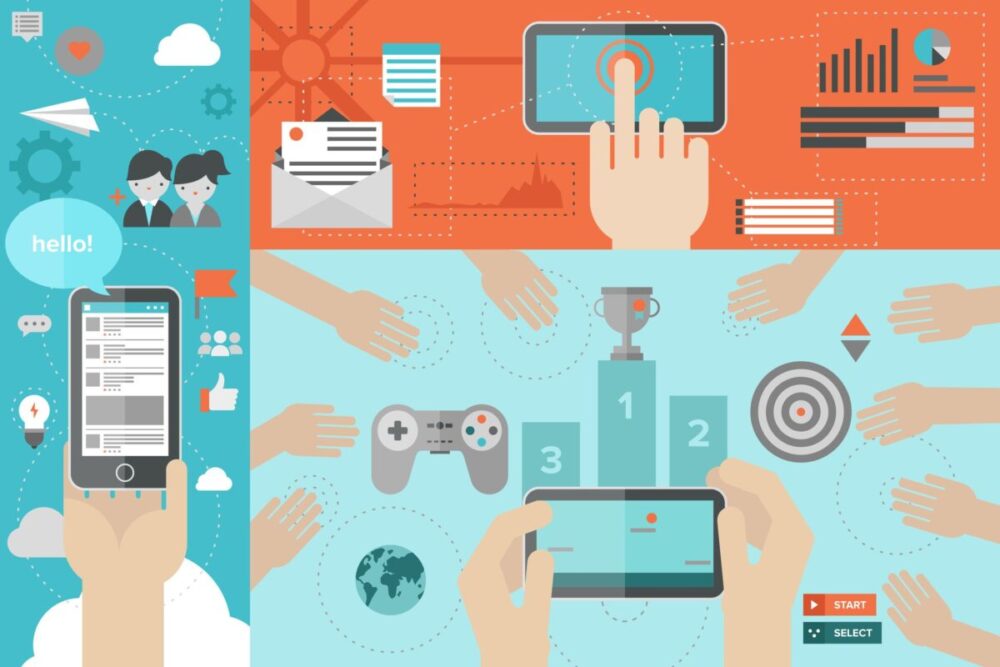
Gamification is not just a trendy buzzword anymore. It’s here to stay and it’s likely to play an even bigger role in education in the future. In fact, incorporating gamification into your curriculum can help improve engagement, retention, and even learning outcomes. But if you’re considering incorporating gaming elements into your class, there are a few tips you need to know first. In this article, we will share some tips to help you get started with gamification in education.
What is Gamification?

Gamification is the process of adding game-like features to a non-game activity in order to make it more engaging and fun. It can be used in a wide variety of settings, from online education to workplace training programs.
– There are many different types of it, but the most common is called “rewards and badges”. In it, users earn points or badges for completing tasks or completing courses. These points or badges can then be used to unlock new features or privileges in the program.
– Another type is called “social gaming”. In it, users compete with each other either by playing against others or by cooperating together to complete tasks. It can be especially effective when it provides motivation for healthy behavior change. Langly app is a good example of social gaming.
– Finally, there is “ ambient gamers” gamification. It uses the principles of games in order to interact with users passively rather than actively. This type of gamification has been used in healthcare settings in order to encourage patients to take their medications as prescribed and to promote healthy eating habits.
How to Use Gamification in Your Classroom?
Gamification is a way to add fun and incentives to learning activities. Incentives can be things like points, badges, or virtual rewards. To use it effectively in your classroom, here are some tips:
- Start small. Before you introduce it into your class, make sure that it’s something that everyone is comfortable with. Introduce it incrementally and start with simple tasks or games. This will help gauge the reaction and ensure that everyone is having fun.
- Keep it relevant. If you’re using it in your classroom, make sure that the rewards are relevant to the material being taught. Rewards should also be stimulative – they should encourage students to keep learning and explore new concepts.
- Create a system of rules and guidelines. Make sure that any rules or guidelines for playing the game are clearly communicated before classes begin. This will help students know how to play the game properly and avoid any potential accidents or disputes.
- Set clear goals for students. Be sure to clearly articulate the goals of the game, and make sure that students know how they are helping to achieve those goals. This will help students feel engaged and motivated throughout the game.
- Keep an eye on student feedback. Make sure to track player feedback and adjust the game accordingly. If students aren’t enjoying the game, you may want to consider switching it up or removing it altogether.

Conclusion
Using gamification in education can be a great way to motivate students and engage them in learning activities. Additionally, it can help students feel rewarded for their efforts and can improve their overall retention of information. If you are considering incorporating gamification into your curriculum, here are some tips to help you get started. By doing this you will ensure that your Gamification initiative is successful from start to finish!








